Little Island in the Sun
From San Juan Del Sur we caught a cab back to Rivas (much faster driver this time), then a bus to Managua, switched to another bus out to the airport, then hopped a plane to Bluefields and then on to Big Corn Island where we jumped in a boat to Little Corn Island. Pretty much every form of transportation in Nicaragua in a single journey (there are no trains unfortunately).
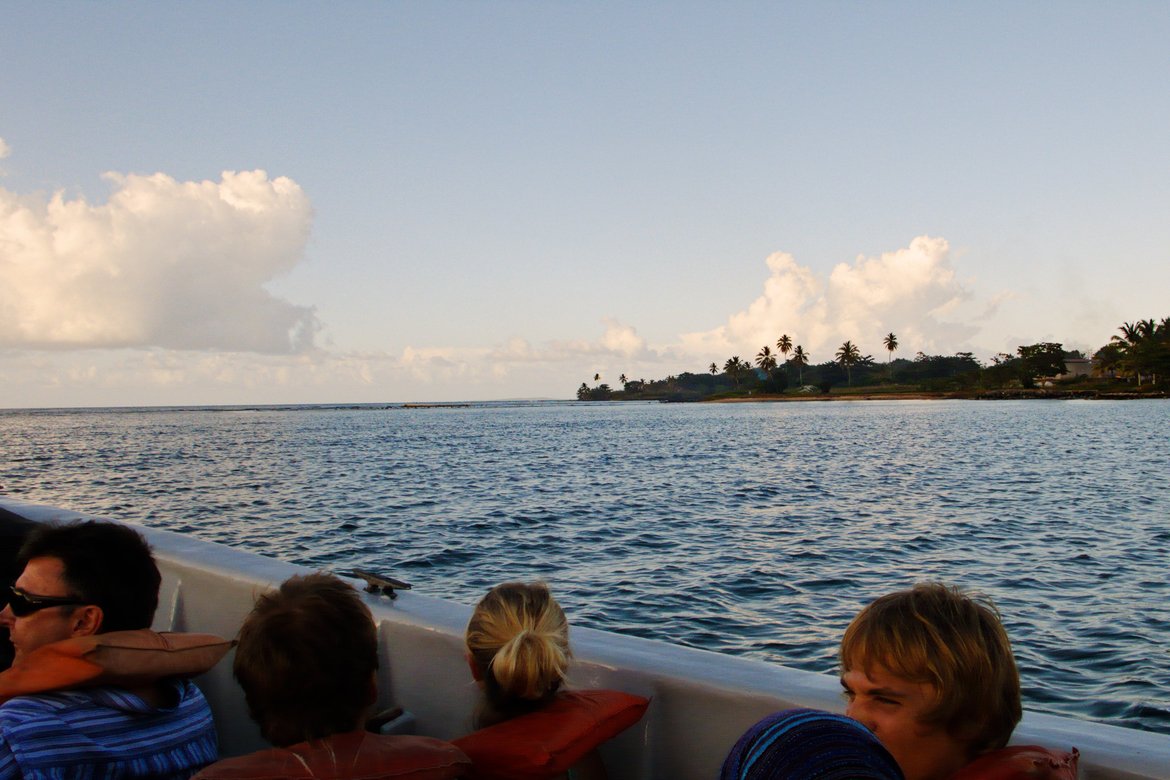
To get from the airport to San Juan Del Sur we spent $40 each. To do the same thing in reverse we paid $6 each. That’s called figuring it out (also, the price of admission).
Of that journey the only stressful part was the puddle-jumper flight from Managua to Big Corn on an airline that’s apparently sketchy enough that U.S. diplomats aren’t allowed to fly on it. However, we met up with Kenso and Melissa again a few days later and I asked Kenso about it and he waved his hand dismissively and said the planes were fine (he’s flown some pretty sketchy stuff for the U.N. in Africa so I figured it was okay and I relaxed somewhat on the flight back).
We arrived on Little Corn Island around sundown and met a man I at first took to be a tout who showed us the way to the guesthouse we wanted to stay in. After settling in an getting a feel for the island I realized that Ali, the man, wasn’t a tout, he was just a really nice guy who enjoyed doing favors for tourists. He would accept the occasional tip, but he wasn’t in it for the money.
The truth is there’s just very little to do on Little Corn Island, so helping tourists passes the time. The only people that work what you and I might call a full day are the guesthouse owners and the fishermen. Pretty much everyone else seemed to not have much to do (and we were there during the the three month off season for lobster fisherman so the island was pretty well laid back).
In short, Little Corn Island is basically paradise. We stayed at Carlito’s Sunrise Paradise ($25 a night, A+, highly recommended) and were about ten paces from the water. One afternoon I took a short nap and I sat up in bed and noticed the view you see in the photo to the right.
Carlito’s, like most of the guesthouses on the island, consisted of a few huts, some shaded tables by the water and central eating area. And of course the most important part — the hammocks slug between pretty much any two appropriately spaced objects.
The interesting thing about the Corn Islands is that they’re more or less a totally separate experience from mainland Nicaragua. English is the primary language and the native people are of African descent. Naturally there are a number of Misquitos as well as Spanish descendant people, but for the most part the Caribbean coast is a bit like transplanting say, Jamaica, to Nicaragua.
The Corn Islands are part of an autonomous zone in Nicaragua. I won’t pretend to understand the nuances of the government setup here, but as I understand it, the Mosquito Indians pretty much control things and government of Nicaragua supports them (for the most part) but doesn’t seem to interfere too much.
This region of the Caribbean has long been a hangout for pirates and smugglers — especially these islands, which were a favorite for British pirates waiting to hit the Spanish Galleons coming across the Gulf of Mexico.
The pirating tradition continues to day with drug running boats. Drug-running boats en route from Colombia to Miami pass through this area. Though the boats no longer stop on the islands, every now and then someone loads a panga (local outboard boat) with gasoline and heads out into the sea (GPS to the rescue) to refuel a boat.
When the drug runners come under attack by U.S. Coast Guard boats they typically pitch their rather large bales of cocaine overboard and, owing to a curious combination of wind and currents, those bales (and sometimes barrels of money as well) tend to wash up here. It used to be that the Colombians would buy the drugs back, but from what I’ve read the Indians have decided to stop that tradition and now get rid of it them themselves. And apparently the Colombian drug runners won’t mess with the Mosquito, who are heavily armed, well-organized and have been defending this area for going on six hundred years. In short, they are not people to fuck with — as the Spanish, British, the Nicaraguan Army, the U.S. special forces and a number of other erstwhile challengers have discovered over the years.
Thus, while it certainly isn’t common, the white lobster, as the bales of cocaine are known here, does turn up from time to time. As do barrels of money. For instance, according to local gossip, the woman who owns the guesthouse next to Carlito’s discovered a barrel with $80,000 inside — more than enough to open a profitable guesthouse.
As you might expect, this shady past has made for a bit unrest over the years. As little as six years ago, Little Corn was a very sketchy place. Local residents lined their houses with razor wire and the Casa Iguana Guesthouse had a bucket full a machetes available for any guests that were brave (or foolish) enough to even venture out at night. Luckily for those of us that probably wouldn’t fare well in a machete fight, those days are largely over.
There are still “incidents” on the island, but it’s the tamer, stealing-stuff-from-rooms that happens in any isolated, yet heavily visited area, rather than the more violent holdups.
For the record I never felt unsafe on Little Corn and we walked around at night quite a bit, alone even. Of course some of that has to do with the massively increased police presence that the government sent over for Semana Santa (Easter) who are still on the island.
But if you’ve heard the stories floating around the internet about trouble on Little Corn and you’re hesitating to go, don’t. It’s perfectly safe and you’ll love it.
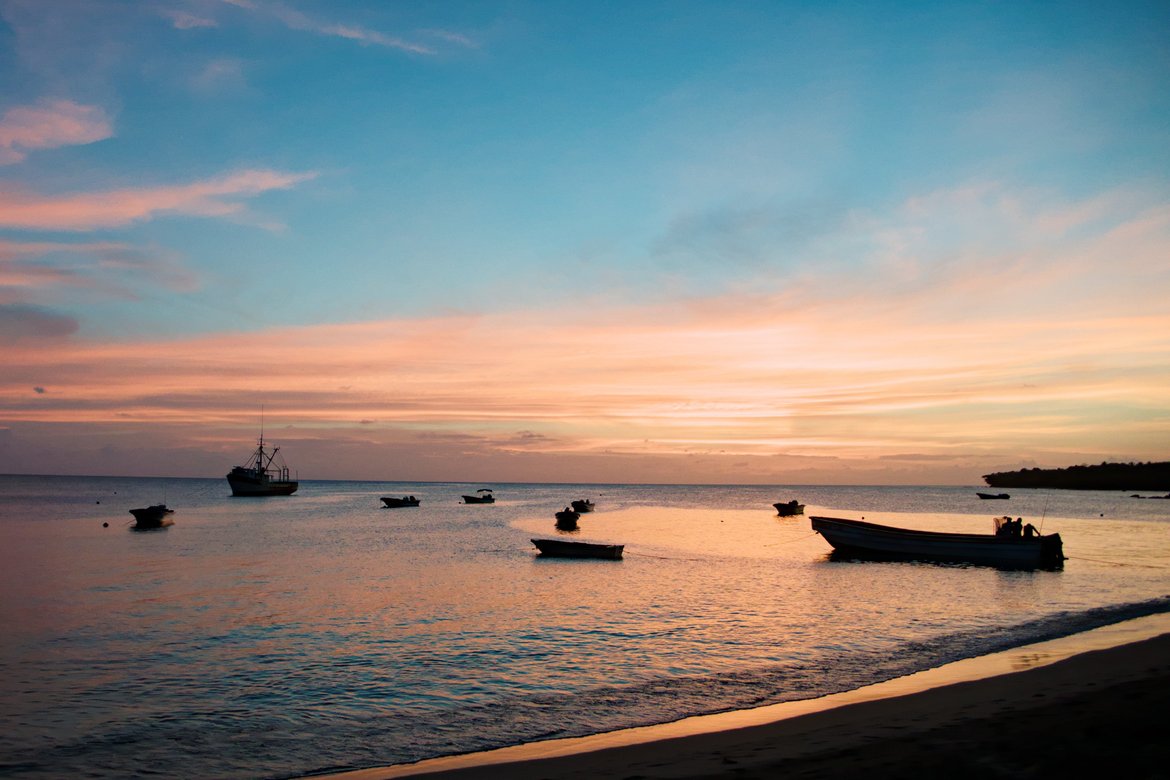
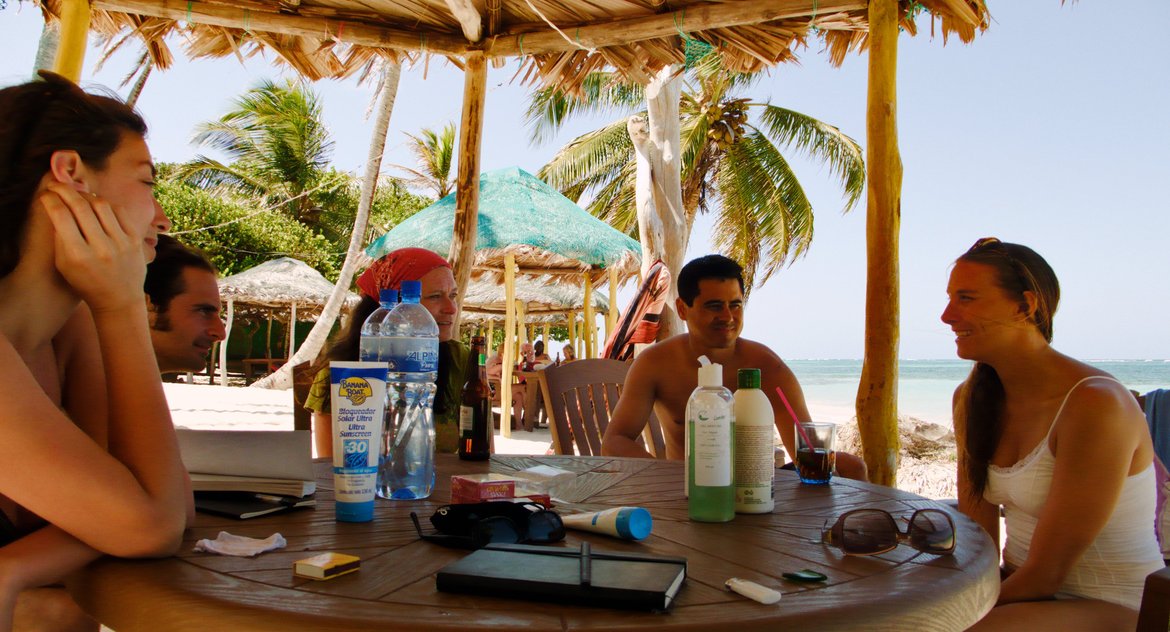
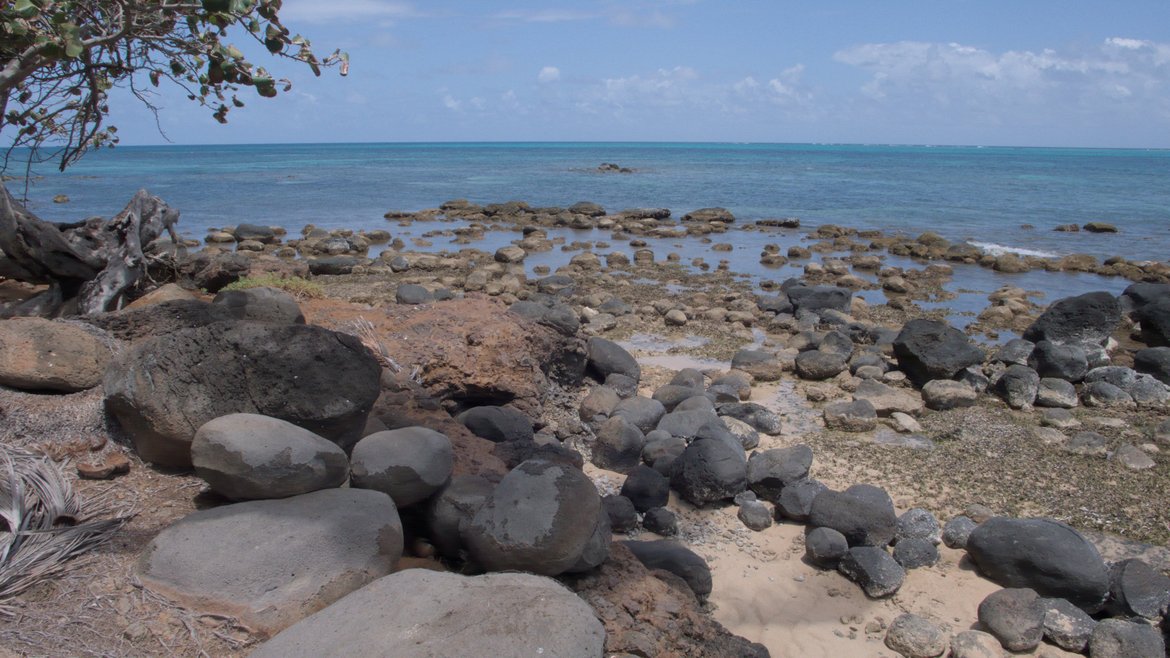
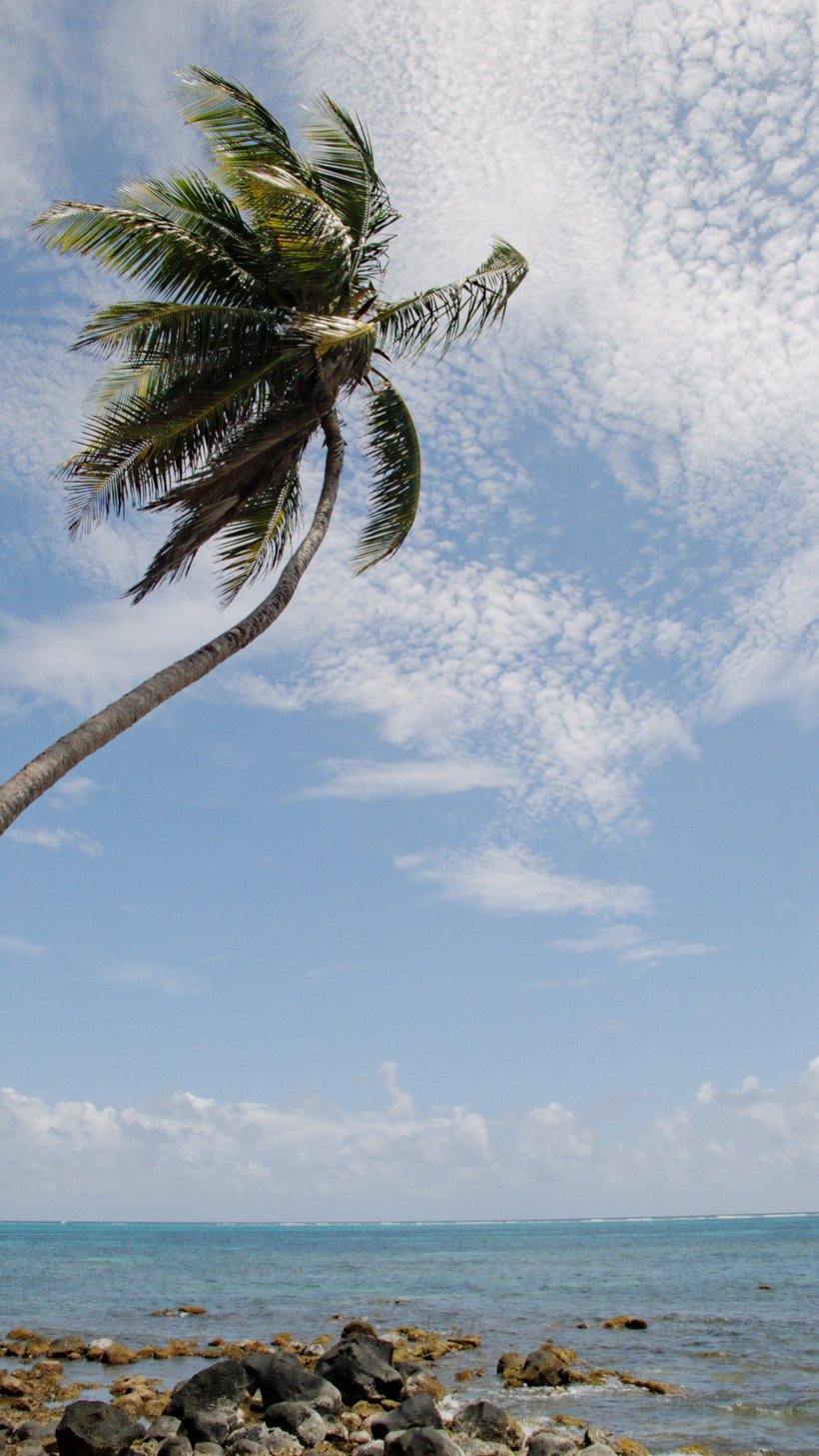
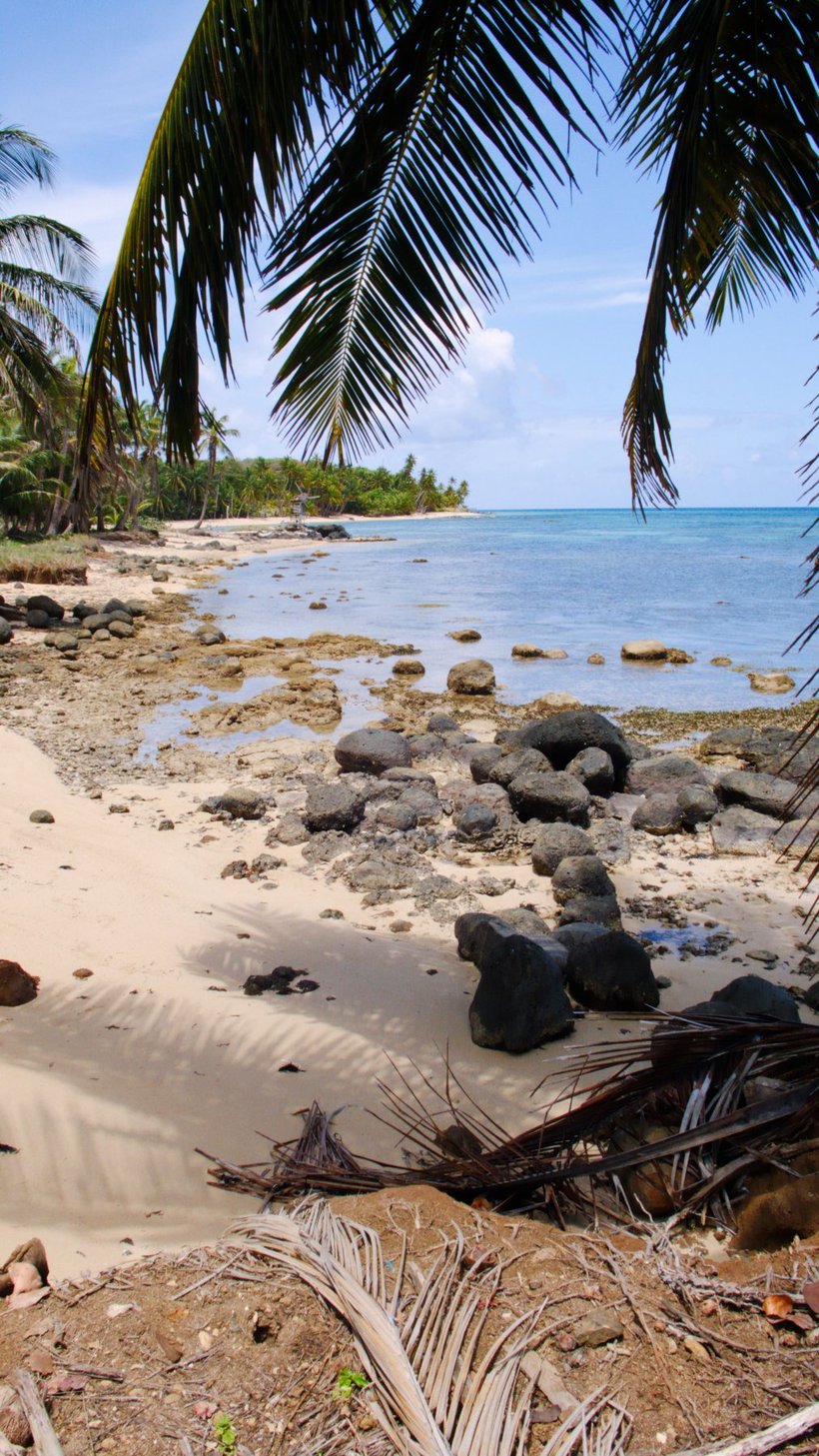
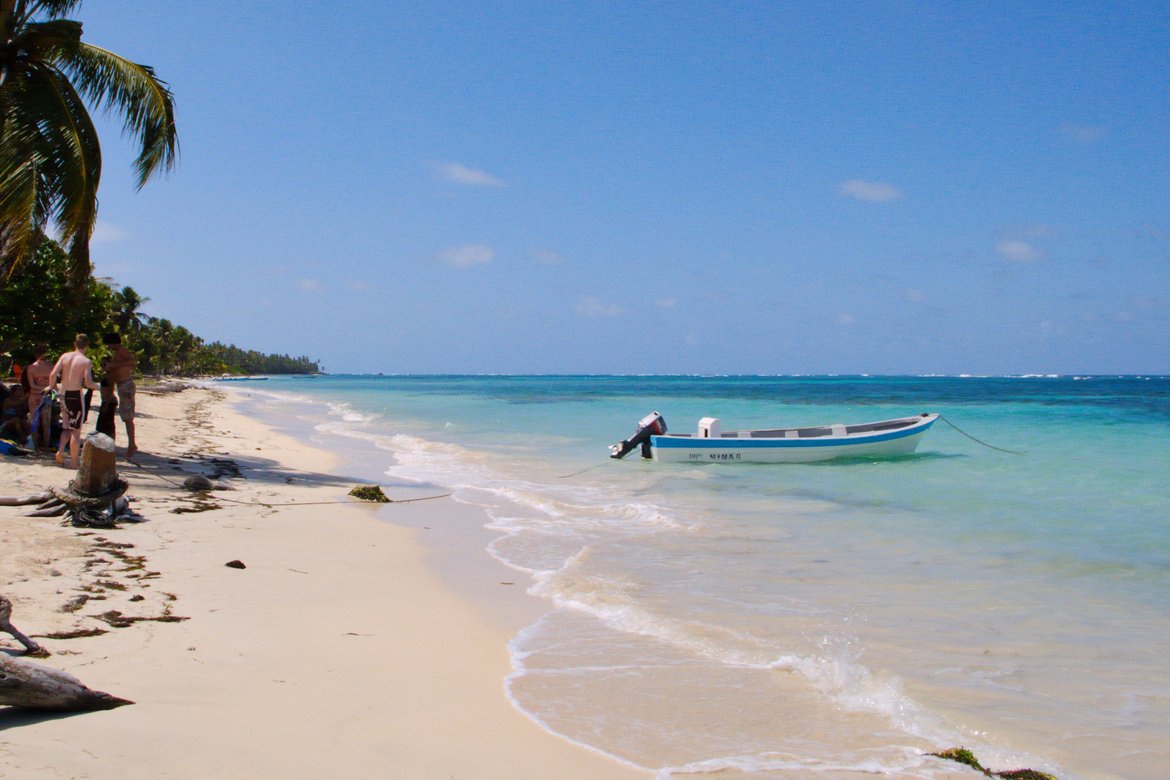
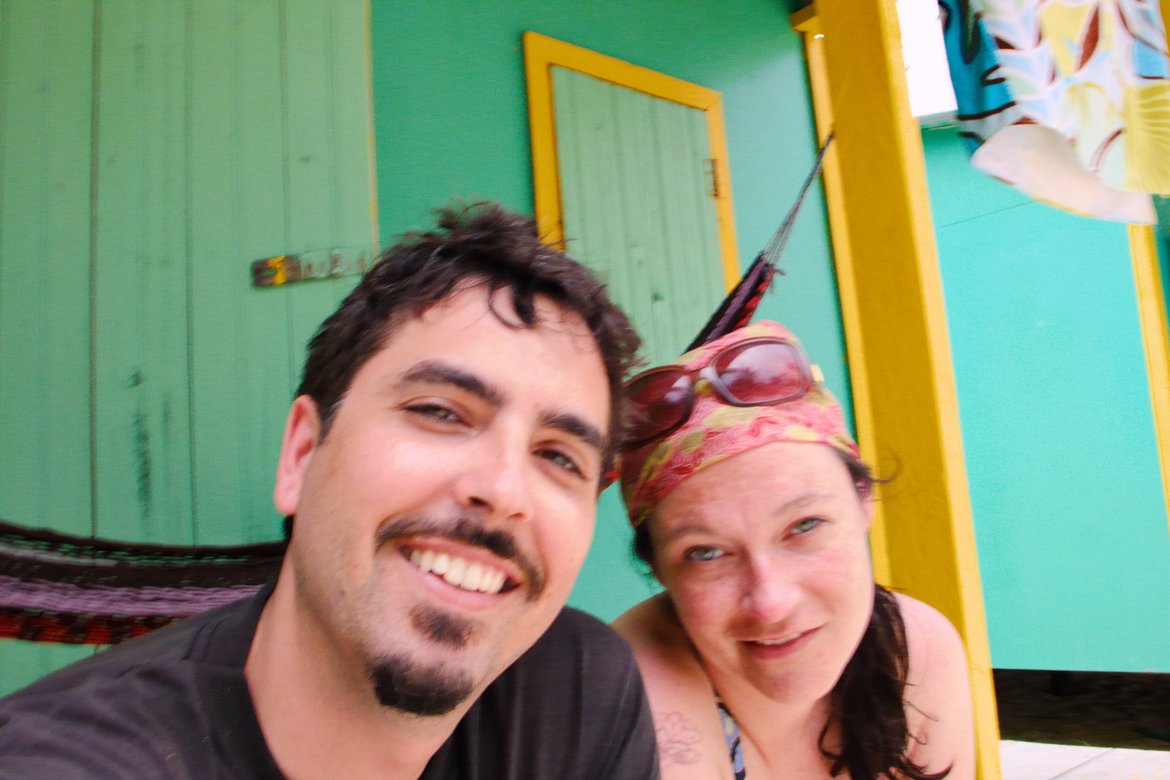
Thoughts?
Please leave a reply:
All comments are moderated, so you won’t see it right away. And please remember Kurt Vonnegut's rule: “god damn it, you’ve got to be kind.” You can use Markdown or HTML to format your comments. The allowed tags are
<b>, <i>, <em>, <strong>, <a>. To create a new paragraph hit return twice.